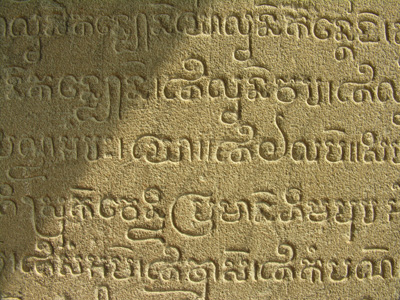
Vedas, Puranas and Upanishads
The Vedas
There are four Vedas: the Rig Veda, the Sama Veda, the Yajur Veda and the Atharva Veda. These are the primary texts of Hinduism. They have also had a vast influence on Buddhism, Jainism, and Sikhism.
Traditionally the text of the Vedas was coeval with the universe but scholars have determined that the Rig Veda, the oldest of the four Vedas, was composed about 1500 BC and codified about 600 BC. It is unknown when it was finally committed to writing, but this probably was at some point after 300 B.C.
The Vedas contain hymns, incantations, and rituals from ancient India. Along with the Book of the Dead, the Enuma Elish, the I Ching and the Avesta, they are among the most ancient religious texts still in existence. Besides their spiritual value, they also give a unique view of everyday life in India four thousand years ago.
The Puranas
The Puranas are post-Vedic texts which typically contain a complete narrative of the history of the Universe from creation to destruction, genealogies of the kings, heroes and demigods, and descriptions of Hindu cosmology and geography. There are 17 or 18 canonical Puranas, divided into three categories, each named after one of the deities: Brahma, Vishnu and Shiva. There are also many other works termed Purana, known as 'Upapuranas.'
The Upanishads
The Upanishads are a continuation of the Vedic philosophy, and were written between 800 and 400 B.C. They elaborate on how the soul (Atman) can be united with the ultimate truth (Brahman) through contemplation and mediation, as well as the doctrine of Karma - the cumulative effects of a persons' actions.
Ready for more?
not all...
quizzers. Try to win a coveted spot on our Hall of Fame Page.







